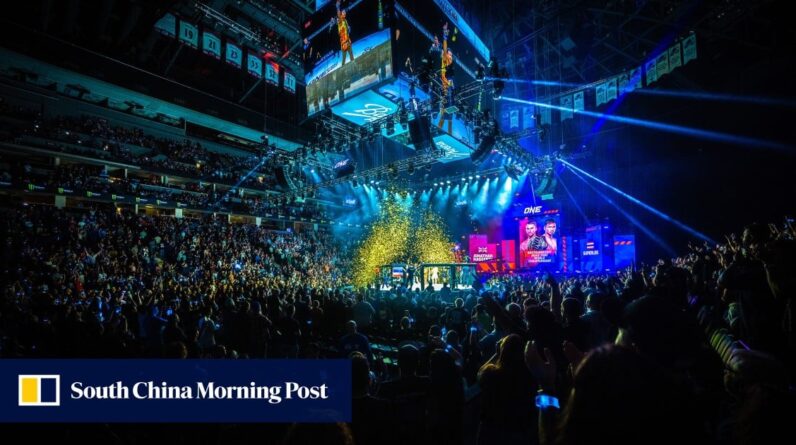Table of Contents
Revolutionary Kids’ Jiu-Jitsu Gym Designed Like a Boxing Ring – The Future of MMA Training
When I first heard about a Jiu-Jitsu gym specifically designed for kids, I was skeptical. But what architecture firm Kidz has created isn’t just another martial arts space—it’s a game-changer for how the next generation of MMA fighters will train.
This innovative gym reimagines traditional martial arts spaces by focusing completely on child-friendly navigation and engagement. Modeled after a classic boxing ring but elevated with a wooden amphitheater setup, this design is making waves in the combat sports community.
Why This Matters for Future MMA Stars
Let’s be real—most MMA gyms are designed by adults, for adults. The intimidation factor alone can discourage kids from pursuing martial arts. This gym flips that script entirely.
The wooden amphitheater design serves multiple purposes:
- Creates natural viewing areas for parents and coaches
- Offers multiple training levels that accommodate different age groups
- Provides a less intimidating environment than traditional mats surrounded by cage walls
Have you ever watched a 7-year-old try to navigate a gym designed for grown fighters? It’s like putting a lightweight in the heavyweight division—everything’s just too big.
Breaking Down the Revolutionary Design
The boxing ring inspiration isn’t just aesthetic—it’s functional. The central training area remains the focal point, but instead of intimidating ropes and stark corners, the wooden amphitheater creates a flowing, accessible space.
What makes this design brilliant for developing young fighters:
| Traditional MMA Gym Features | Kidz-Designed Jiu-Jitsu Gym Features |
|---|---|
| High equipment storage | Child-height storage systems |
| Single training level | Multi-level amphitheater design |
| Intimidating fight aesthetics | Welcoming wooden materials |
| Adult-focused layout | Intuitive navigation for children |
The Psychology Behind the Design
I’ve visited countless MMA training facilities, and most miss a crucial point: environment shapes mindset. This gym creates a psychological advantage by making children feel the space was built specifically for them—because it was.
The amphitheater design also allows for something critical in youth development: observation. Kids can watch others train from different vantage points, accelerating that all-important visual learning that builds future champions.
As any fighter knows, comfort in your training environment translates directly to performance. These kids aren’t just getting trained—they’re getting an environmental advantage most of us never had.
Could This Design Influence Pro MMA Training?
What’s fascinating is how this kid-focused design might actually contain elements that could improve professional training facilities. The amphitheater concept creates natural progression spaces that could work brilliantly for fighters of all levels.
Imagine a UFC Performance Institute with sections designed with this flowing, multi-level approach instead of the typical “stations” setup most gyms use. Sometimes innovation comes from the most unexpected places—even children’s training facilities.
The Future of MMA Training Starts Young
With the sport growing exponentially, investing in youth-friendly training environments isn’t just nice—it’s necessary. The most successful MMA fighters often start training before age 10, and facilities like this remove barriers to entry.
This architectural innovation might seem like a small story, but it represents a much larger shift in how we’re approaching combat sports development from the ground up.
Want Your Kid to Be the Next UFC Champion?
Look for training facilities that understand how environment impacts learning. The days of throwing kids into adapted adult spaces are numbered. The future belongs to purpose-built facilities that understand child development as much as they understand armbars and takedowns.
Facilities like this Kidz-designed gym aren’t just teaching martial arts—they’re creating an entirely new approach to developing the champions of tomorrow.
What do you think? Would you prefer training in a traditional gym or something with this innovative design? Let me know in the comments!
Source: Architecture firm Kidz






